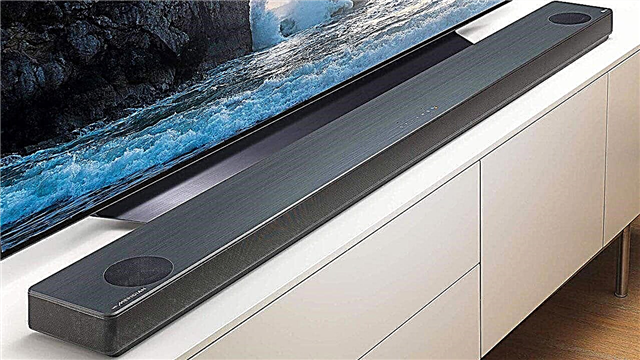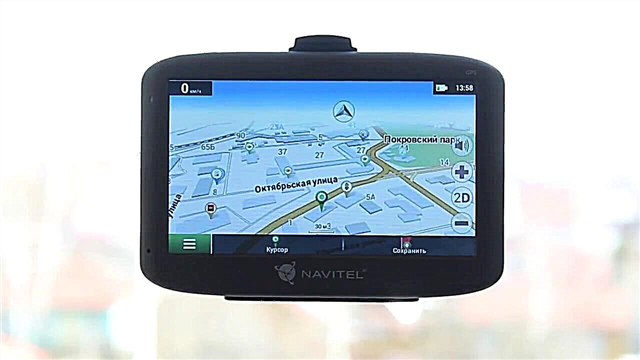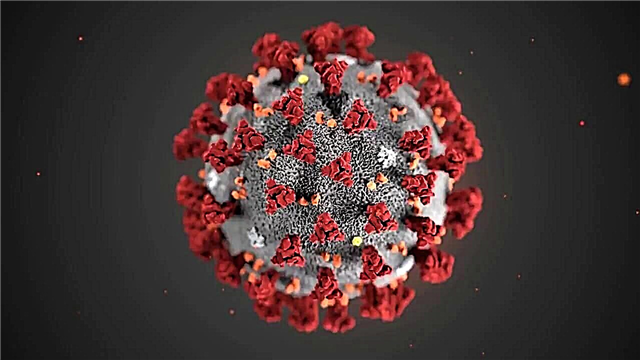When it comes to robots, we envision giant machines capable of lifting a heavy truck or ship. But science began to develop along the path of reducing technology, rather than increasing it. Nanotechnology is considered one of the promising industries of the future. It is believed that with its help it will be possible to manage anything, whether it be weather or human health.
At the moment, a large number of scientists are working on the design of micro- and nanorobots. In order to keep abreast of the latest innovations in the world of microscopic technologies, we present 10 the smallest robots in the world.
Micro Robot
 One of the smallest robots in the world is considered the invention of scientists from New Mexico. Micro can easily fit on a coin of 5 cents. Its growth is only 1 centimeter, it moves due to tracked protectors, albeit very slowly.
One of the smallest robots in the world is considered the invention of scientists from New Mexico. Micro can easily fit on a coin of 5 cents. Its growth is only 1 centimeter, it moves due to tracked protectors, albeit very slowly.
The application is quite extensive, ranging from medicine to espionage activities. Now Micro is equipped with a thermal sensor and its own memory of 8 kb. The robot is considered autonomous, since its movement does not depend on the wires connected to it, the power is supplied using an ordinary battery.
Micro is the prototype of the technology of the future due to its size. With the development of microcircuits and microprocessors, it will be able to perform increasingly complex functions, and its speed will increase significantly. The main thing is that the invention does not fall into bad hands.
Sarah Bergbreiter Robot
 A scientist from a university in Maryland managed to create the smallest four-legged automated robot. The control system of the invention is carried out using a magnetic field. Due to this, each part of it can move independently of the other.
A scientist from a university in Maryland managed to create the smallest four-legged automated robot. The control system of the invention is carried out using a magnetic field. Due to this, each part of it can move independently of the other.
The US military is mainly interested in its use. The dimensions of the creation of Sarah are suitable for spy missions. However, the scientists themselves also laid eyes on the four-legged baby, since it can help them push the boundaries of research. In the near future, Sarah Bergbreiter plans to reduce the size of her invention by 50 percent.
Roboameba
 One of the smallest robots, which is almost all made of natural DNA components. Couplings and motor proteins are driven by ultraviolet light. Appearance is similar to an amoeba, from which the name followed.
One of the smallest robots, which is almost all made of natural DNA components. Couplings and motor proteins are driven by ultraviolet light. Appearance is similar to an amoeba, from which the name followed.
Its shell is made of wax and fats called lipids. This is a special habitat suitable for the survival of internal organic engines. The robot itself is able to save life even at freezing temperatures.
 Roboameba also refers to the inventions of biotechnology, as it combines two different scientific approaches. The creators believe that the robot can become the main source for the development of future technology. Basically, Roboumebu plans to apply in the field of medicine.
Roboameba also refers to the inventions of biotechnology, as it combines two different scientific approaches. The creators believe that the robot can become the main source for the development of future technology. Basically, Roboumebu plans to apply in the field of medicine.
Forklift robots
 The invention of scientists from Stanford is aimed at transporting loads of colossal size without the assistance of humans. Robots acting as loaders weigh only about 10 grams. The secret to their strength is quantity.
The invention of scientists from Stanford is aimed at transporting loads of colossal size without the assistance of humans. Robots acting as loaders weigh only about 10 grams. The secret to their strength is quantity.
One such robot can lift a load 1,500 times more than its weight, that is, a mass of 15 kilograms. And now you can only imagine, for example, how many 100 of these kids can lift - an object weighing 1.5 tons. In other words, a team of such loaders can easily move an average car.
Robovie-nano
 Vstone invented the smallest robots that inherit human form. Their height does not exceed 15 centimeters. The energy source of Japanese cars comes from conventional batteries or accumulators. The humanoid creature can perform over 6,000 different movements.
Vstone invented the smallest robots that inherit human form. Their height does not exceed 15 centimeters. The energy source of Japanese cars comes from conventional batteries or accumulators. The humanoid creature can perform over 6,000 different movements.
Basically, Robovie-Nano is still used in the toy industry. In the future, thousands of such robots are planning to unite into one intelligent network and provide them with the ability to learn, such as, for example, the voice assistant from Yandex - Alice. Such an invention can be used as an educational toy for children.
Robobee
 The developers at the Harvard Institute invented the smallest bee robot in the world. One of the most important functions of creation is the conservation of the energy of a flying microscopic apparatus, since the charge of such devices is wasted at a tremendous speed.
The developers at the Harvard Institute invented the smallest bee robot in the world. One of the most important functions of creation is the conservation of the energy of a flying microscopic apparatus, since the charge of such devices is wasted at a tremendous speed.
Using a special device that uses the effect of electrical adhesion, a bee is able to stick to any object, thereby preserving energy reserves. The invention uses the environment to increase the distance of its movement. However, while the problem of movement due to insufficient charge remains relevant.
Piccolissimo
 Another smallest flying robot in the world from creator Matt Piccoli. The scientist was able to solve the problem with the rapid depletion of Robobee energy. Using a special laser beam, uninterrupted charging of Piccolissimo is carried out.
Another smallest flying robot in the world from creator Matt Piccoli. The scientist was able to solve the problem with the rapid depletion of Robobee energy. Using a special laser beam, uninterrupted charging of Piccolissimo is carried out.
Its design consists of simple elements - a propeller and a processor that controls the device. The main field of application of a flying microscopic drone is the collection of data in emergency situations using various sensors. Such use will allow humanity to reduce the mortality rate of rescuers.
Cockroach robot
 European scientists in their laboratories have created the smallest cockroach robots 30 millimeters long. The main type of movement of the invention are specialized wheels. Machines can distinguish between the behavioral characteristics of insects.
European scientists in their laboratories have created the smallest cockroach robots 30 millimeters long. The main type of movement of the invention are specialized wheels. Machines can distinguish between the behavioral characteristics of insects.
During the experiments, scientists were able to influence the collective behavior of cockroaches. Due to its size and physiological properties, insects took the creation for an individual of its kind. In the future, such miniature robots are planned to be used for a deeper study of the animal world.
Max Planck Robot
The inventors of the German Max Planck Institute managed to create one of the smallest robots in the world. Its size does not exceed 1 millimeter, which is 10 times smaller than Micro. This is a fairly functional robot that can move freely on vertical and horizontal surfaces using a magnetic field.
Thanks to the rubber casing under the influence of magnetic radiation, it can freely change its shape. The expected field of application of the invention is medicine. Due to its size, it can be used for the diagnosis and examination of human organs with high accuracy.
Molecular robot
 The smallest robot was created by scientists from Manchester recently. Its size barely reaches one millionth of a millimeter. The invention is controlled by special chemical reactions.
The smallest robot was created by scientists from Manchester recently. Its size barely reaches one millionth of a millimeter. The invention is controlled by special chemical reactions.
It consists of carbon atoms, oxygen, hydrogen and nitrogen. With it, you can transport the desired molecule to a specific place. A million of these robots will look like a grain of dust.
The scope of such devices is extensive, from production to medicine. They can easily affect the molecular component of a person and treat almost any disease.
Progress in technology is an integral part of the future. No one knows what awaits us in 10, 20 or 100 years. The most important thing is that the created robots are used only for the benefit of humanity. But, given the experience of history, this is hard to believe.












